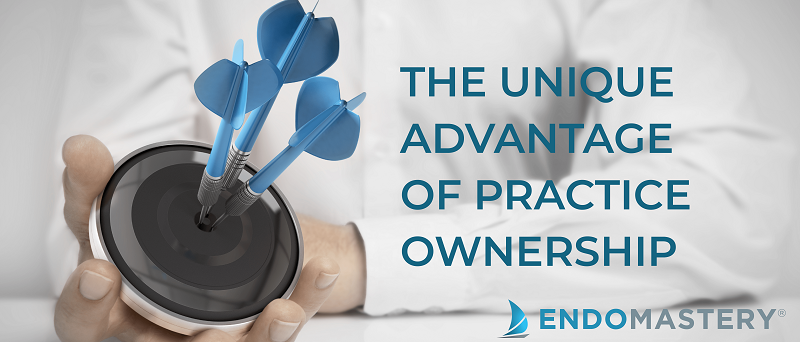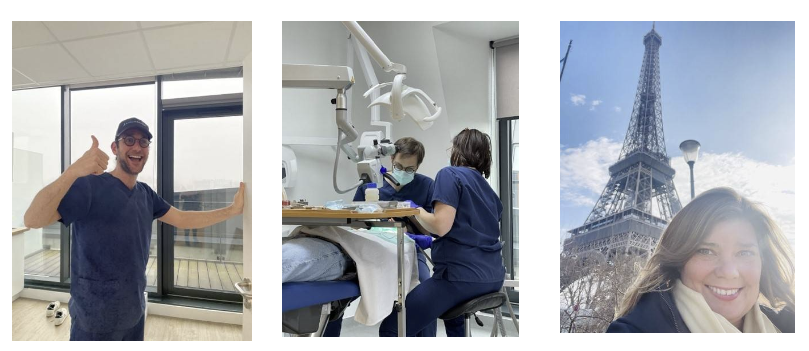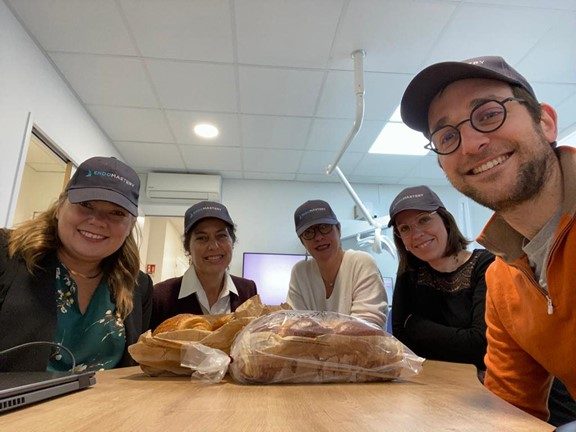
DEBRA MILLER | DIRECTOR OF COACHING
Ideally, an endodontist’s day should consist of moving smoothly from treatment room to treatment room while focused on diagnosing and treating patients. The doctor should never feel stressed or rushed because of time, and productivity (in terms of completed cases) should be optimized to the doctor’s actual clinical capacity and comfort level.
When Endo Mastery coaches begin working with new clients, one of the first things we do is to audit how patients are scheduled, how appointments flow during the day, and how the doctor’s time is actually being utilized. Most of the time, we find 2 to 2.5 hours of a typical doctor’s day fits into our definition of “lost time”. This means the time is either unused or could be better used in a more productive or efficient way. Here are the key things that we look for:
#1 Unscheduled time
Unscheduled time is the easiest to identify. It is when the doctor is in the practice but there is no patient appointment. Unscheduled time can sometimes be a sign of a need for better marketing and more referrals. Often though, unscheduled time slips in between appointments.
For example, the doctor may be available at 1:00 pm but the patient expresses a preference for 1:30 pm, and so that is how the admin team schedules them. These gaps between scheduled appointments can add up when the admin team hasn’t developed the skills to nudge patients to schedule according to an optimized template that is best for the doctor.
#2 Waiting time
Waiting time is like unscheduled time in the sense that the doctor is idle but, in this case, they are idle during a scheduled patient appointment. This often happens at the beginning of an appointment if the patient hasn’t arrived early enough to complete registration tasks with the admin team, as well as imaging or other steps with the dental assistant leading up to being seated in the operatory and ready for the doctor.
The other common occurrence of waiting time is at the end of appointments, when the doctor has finished treatment with the patient, and they needed less time than what was scheduled. Having finished with the patient, they are now idle until needed for the next patient.
The worst-case situation is when the patient is scheduled for a consult and treatment, but they do not proceed to treatment after the consult. This can happen when the patient has not been properly prepared in advance for treatment on the same day, or when it is a dubious referral from a GP such as a tooth with a cracked root.
#3 Undelegated time
In the most general terms, undelegated time is when the doctor is doing something during a patient appointment that an assistant could do. Whether it is a training gap or simply a routine the doctor has developed over time, under-utilization of the dental assistant leads to the doctor needing more time devoted to each appointment. And that reduces overall productivity. Unsurprisingly, this is often a blind spot in many practices because they are so accustomed to their habitual processes.
The overall goal is always that the doctor should be focused on diagnosis and treatment … which are the things only a doctor can do in the practice. Everything else can be done by well-trained dental assistants. Whenever we see doctors routinely scheduled for 2 hours for a consult and treatment appointment, it’s a pretty clear sign that the doctor is doing far too much rather than utilizing their assistants. That is why doctors who have average or even below average productivity can even feel like their days are already so full. Their time has been cluttered up.
#4 Clinical efficiency
Clinical efficiency is a measure of how well the doctor can maintain their clinical focus and “flow” during a patient treatment. Specifically, it is the time when the doctor is working in the patient’s mouth, starting with bur-to-tooth and ending with the fill complete. Efficiency is reduced every time the doctor must look up from the microscope, or wait for the assistant, or stop to give explanations to the assistant, or is interrupted or distracted by other activities in the practice.
A great dental assistant understands that their role is to keep the doctor focused on completing treatment as efficiently as possible without feeling stressed or rushed. Well-trained assistants ensure the operatory is fully stocked and the patient is fully prepped. The assistant knows every step of every procedure so they can always be one step ahead of the doctor in terms of 4-handed dentistry. The result is an intuitive flow between the doctor and assistant.
#5 Clinical speed
The final factor that can influence doctor productivity and time utilization is the doctor’s clinical speed, which is literally how long it takes to do certain steps in a clinical procedure. Often doctors think that increasing clinical speed will be the focus when trying to increase productivity. However, of the 5 factors listed here, clinical speed by far has the least impact on improving doctor productivity.
Obviously, a brand-new endodontist who is fresh from their residency is going to be somewhat slower on certain aspects of treatment. But that is short-lived. Within a year or two, they have comparable clinical speeds to the average experienced endodontist. All endodontists develop their clinical preferences, their preferred instruments, and they learn streamlined clinical techniques through CE and from their colleagues.
Dr. Goerig loves sharing clinical tips at our seminars and with our clients. That’s a doctor-to-doctor discussion. However, for Endo Mastery coaches working with a practice, we generally stay out of clinical speed choices and leave that entirely to the doctor. That is because our focus is never on speed, but on efficiency and utilization where 95% or more of productivity growth can occur while simultaneously reducing stress for the doctor.












